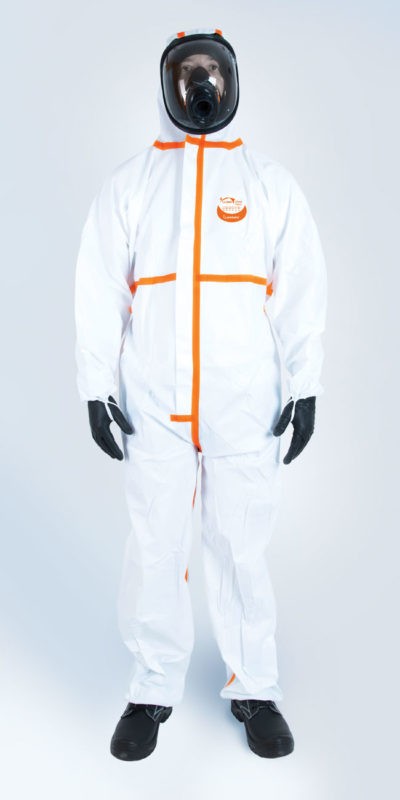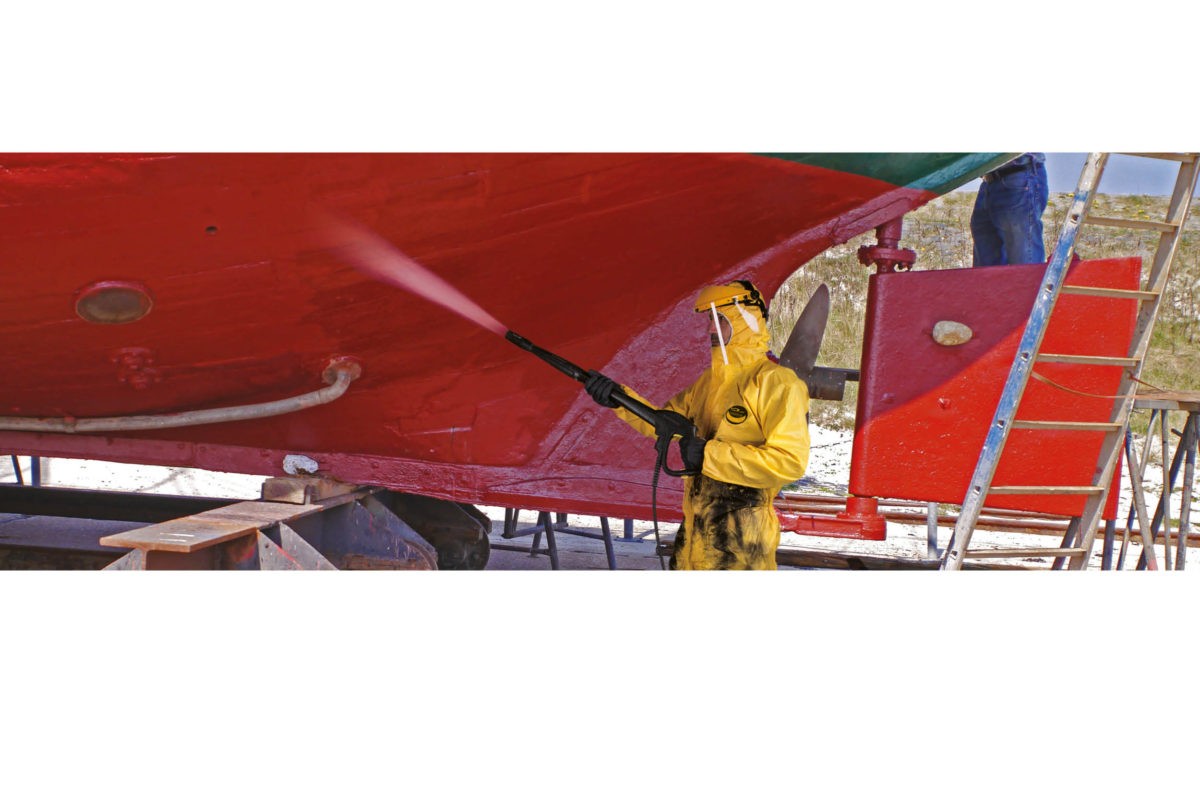

PROFESSION SHEET : NAUTICAL INDUSTRIES
30 January 2019
Working in nautical construction and maintenance requires the use of many chemicals. These chemicals (solvents, paints, Gelcoat, antifouling, resins …) are extensively used when stripping, painting and sanding hulls under renovation.
PROFESSION SHEET : NAUTICAL INDUSTRIES.pdfINTRODUCTION
Working in the nautical industries : construction and maintenance requires the use of many chemicals. These chemicals (solvents, paints, gelcoat, antifouling, resins …) are extensively used when stripping, painting and sanding hulls under renovation. For the operators building the boats, the risk is generated by intense dust flowing in the workshops, especially during the molding phases.
BOAT MAINTENANCE
Sanding. Chemical risks: Splashing of wood dust, plastic and fiberglass
Chemical stripping. Chemical risks: Heavy splashing of stripping solvents (methylene chloride), alkaline strippers (soda), and acid strippers (hydrochloric, sulfuric hydrofluoric, nitric, and phosphoric acid).
Aeroscrubbing. Chemical risks: Splashing of solid chemicals, such as rust, and aint / adhesive / varnish / resin residues
Maintenance and cleaning operations. Chemical risks: Handling and splashing of detergents, disinfectants, strippers, and descalers.
Hull Coating. Chemical risks: Exposure to unsaturated polyester resins – epoxy, polyurethanes, resin diluents (styrene, methyl methacrylate) – to organic solvents, paints, varnishes and adhesives.
Antifouling. Chemical risks: Splashing of biocide type chemicals.
BOAT CONSTRUCTION
Machining and sanding of materials. Chemical risks: Splashing of wood dust, plastic and fiberglass
Spray molding. Chemical risks: Splashing of low or medium pressure resin with styrene emissions.
Painting. Chemical risks: Solvent paint aerosol spraying
Manual molding. Chemical risks: Manual resin application with styrene emissions.
Mixture preparation. Chemical risks: Includes a risk of resin, catalysts and colbat salts splashing.
Cleaning tools. Chemical risks: Includes a risk when handling solvents such as acetone
PROTECTIVE CLOTHING FOR NAUTICAL INDUSTRIES
WEEBACK SUIT
Coverall combining protection and greater comfort. The covered seams protect from both aerosols (molding) and dust mists (machining). The breathable back panel releases heat accumulated in the garment.
WEEPRO SUIT
For protection during low pressure gun spray and roller applications. The selfadhesive flap provides complete protection for the most exposed body part during molding phases. Its ergonomics ensure optimal comfort during the stratification phases





